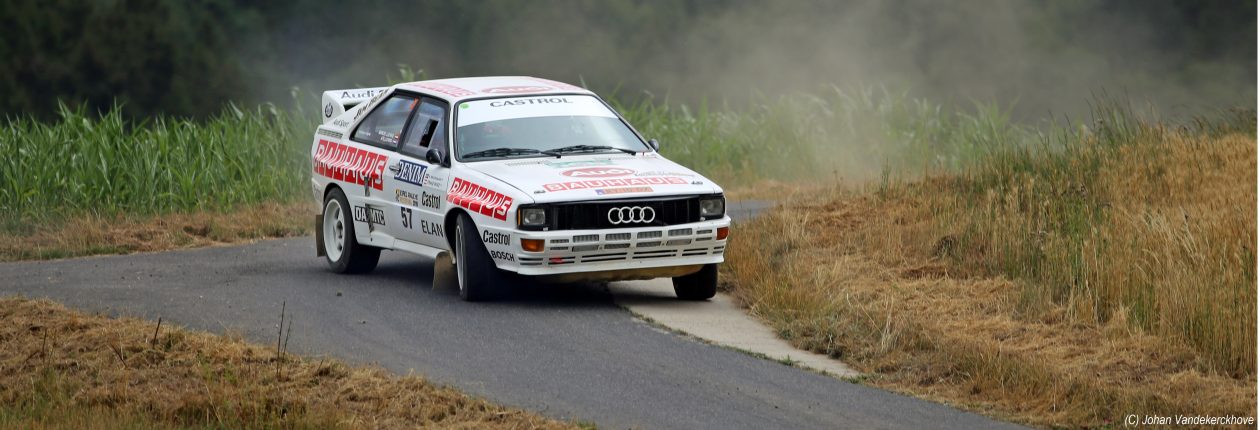
INTRODUCTION
As soon as it was officially announced in 1980, the new Group B class went under scrutiny from famed German sportscar maker Porsche since it promoted faster and cheaper technical innovations. Peter Schutz, Porsche’s CEO of the time, ordered the “Gruppe B studie” to reevaluate the company’s motorsport future under the new sporting regulations.
TABLE OF CONTENTS
You must be logged in to view this content.
If you're an existing user, please <LOGIN>.
If you're a new user, please <REGISTER>.
